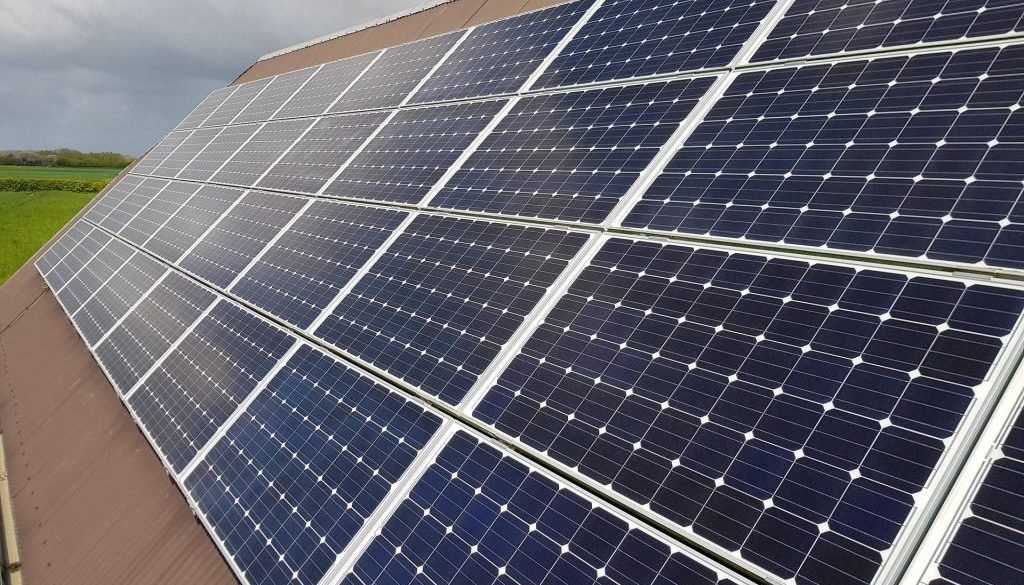What is Solar PV (Photovoltaic) ? solar PV Basics and Best information.
Solar PV, or Photovoltaic, systems collect Solar PV energy and convert it to direct current (dc). The electricity may be connected to the grid or stored using electrochemical solar batteries. In an open circuit, the majority of commercially available devices generate roughly 22 dc volts, and at maximum efficiency, 15 volts. In the worst situation, this may result in harm. Guidelines for solar energy safety aid in avoiding such incidents.
Any developing shock might be harmful when there are more than two modules in a series. Lifting the Solar PV space for the installation, and proven structural stability.
• Check the area for any possible dangers. This must be decided before installation.
• Sketch the location and site layout of the existing structures and machinery.
• Analyze the temperature and Solar PV radiation at the location to estimate the performance output.
• Calculate the amount of power the home uses by examining utility bills, meter readings, customer surveys, or measurements.
As they say, being prepared is better than being unprepared. A solar energy installation that takes the time to evaluate the security of a site is ready for anything. A thorough workplace plan assists in addressing issues before they become serious. Before being transported to the project site, all necessary equipment must be checked to make sure it is in flawless operating order.
Table of Contents
The Safety of Ladders

The roof is where solar panels are often installed. As a result, using ladders to reach the site is necessary. The installer must choose the ideal candidate for the position. Here are some safety guidelines regarding solar energy:
• Select a ladder that has been shown to meet the site’s access requirements. At least three feet of the ladder should be above the rung the worker is standing on. Step, straight, or extension ladders must all meet this criteria. During the site assessment visit, an installer should ascertain this.
• Setting up the ladder on a solid, dry surface. It shouldn’t obstruct electrical lines, pathways, or doors.
• Selection of suitable materials: Aluminum or metal are now the most used materials for ladders. Although they are easily accessible at solar panel installation sites, they are dangerous when close to electrical work and power lines. It is thus recommended to use ladders constructed of non-conductive materials.
Guidelines for Handling Solar PV

Lifting Solar PV may be quite uncomfortable and difficult. Injuries may occur while employees unload and assemble panels from trucks at the job site. Some of the problems that might occur are muscular pulls, sprains, back ailments, and strains. Any trauma that keeps happening might damage the spine.
Did you know that the moment the panels are exposed to sunlight, they begin to heat up and, if handled improperly, may result in burns? When this reason, safety precautions for handling solar energy panels include:
The solar panels should be lifted by two persons. Any harm or injury is prevented by taking such action.
· When transporting solar panels, stay off ladders. Cranes, hoists, or ladder-based winch systems may be effective ways to lift the panels to the roof. These safeguards guard against workplace accidents.
• To minimize heat buildup, it’s important to cover the solar panels with opaque paper after they’ve been removed from their packaging. This checklist prevents burns for both you and your employees.
Working with the panels requires wearing gloves. Hats should be required attire, and workers should be required to cover their arms and legs. A lot of sunblocks are also advised.
Trips and Falls
Trips and falls might happen when there is a concern about height. The Solar PV energy sector is no different in this regard. Falls may happen everywhere on the site, not only from rooftops and ladders. As you put solar panels, the available area shrinks, making rooftop solar installation exceedingly unsafe. The likelihood of a fall is increased by such a factor. The safety precautions here are:
• Removing impediments from the roof may help avoid this problem.
• Fill up any holes on the worksite’s ground level, skylight, or rooftop. Prior evaluation of the roof and the surroundings aids in identifying troublesome spots.
• Having safety features like guardrails at the edges or sunroofs may assist avoid falls for any distance over 6 feet. Potential falls may be prevented by using safety nets and giving workers an anchored body harness.
Equipment for Protection
Every workplace has safety gear for the employees. This safety equipment must be worn during solar installation. As an employer, you must guarantee that your staff members have PPE. These include rubber shoes, hard helmets, gloves, and shoes with steel toes.
Electrical Security
PV, or photovoltaic, solar electric systems, have a number of different parts. Inverters and Solar PV panels that conduct power are two examples. Producing energy from sunlight may result in electric shock and other hazards when these components are turned on. As a safety measure, employees should:
• After the panels have been unboxed, cover them with an opaque sheet.
• Use the same caution while connecting solar PV as you would with main power lines. Before tapping any circuits, you should use a meter or circuit test equipment to make sure they are all de-energized.
• You should never disconnect PV module connections or any cabling connected to the system while they are under load.
Installers are shielded from potential injury or dangerous consequences by solar energy safety regulations. The employees’ safety is maintained by adhering to applicable standards, safety laws, and manufacturer’s instructions.
Your safety and the safety of our installers come foremost at Dynamic SLR. As a result, we make sure everyone takes the required precautions to avoid any mishaps on the job site. For a secure switch to solar energy, get in contact with us right now. Solar PVSolar PV Solar PV



